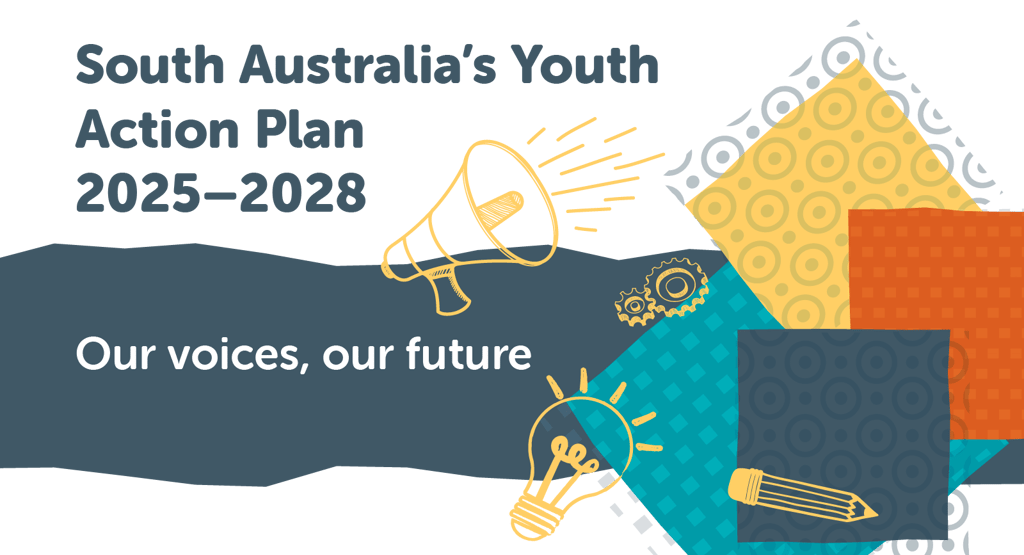South Australia’s Youth Action Plan: Turning Voices into Skills, $250,000 at Stake
South Australia has launched a bold Youth Action Plan 2025–2028 with 27 actions and $250,000 in life-skills grants aimed at equipping young people for adulthood. This is a test of whether participation and funding can shift outcomes and not just promises.
PERSONAL DEVELOPMENT


When young people tell you what they lack—when systems don’t reach them, when adulthood feels like a maze—that is a moment of urgency. South Australia’s recent rollout of its Youth Action Plan 2025–2028 responds to exactly that. Fueled by consultation from more than a thousand citizens (including 854 aged 15–25) the plan does more than listen. It allocates real funding—$250,000 in grants—to equip organisations with the tools to teach life skills many young people say they never got. DHS+2DHS+2
This is more than a policy document. It is a signal: that transition, service navigation, practical fluency in adult life must be part of what government does—not an afterthought.
From Voices to Actions: What’s in the Plan
The Youth Action Plan rests on six pillars: mental health and wellbeing; connection to services and information; recreation and community spaces; housing and cost of living; participation; and transition to adulthood. DHS+2DHS+2
27 discrete actions will be rolled out across agencies, aiming to reduce barriers and promote equity. Crucially, a stream of life-skills grants has been opened: eligible organisations (local councils, Aboriginal community organisations, nonprofits, social enterprises) can apply for up to $15,000 each to build or expand programs that teach essential skills. Inside State Government+3DHS+3DHS+3
What kinds of skills? The grants explicitly target the “adulting” gap: financial literacy, navigating government services (birth certificates, Medicare, tax file numbers), resume writing and job application support, learner driver programs, meal preparation, vehicle maintenance, and basic home upkeep. Fraser Ellis+2DHS+2
This is not fanciful. These are exactly the domains many young people named as lacking supports during consultation. In other words, the state is attempting a rare alignment: between policy language and lived need.
Why This Matters—and What It Must Avoid
Too often youth plans gather dust. They sound hopeful, but they lack bite. What gives this one promise is the grant fund: money attached to outcomes, not just words. But money alone doesn’t guarantee impact. The success of this plan hinges on three factors:
1. Local reach and equity. $250,000 spread broadly is modest. The design must ensure regional, remote, underserved areas benefit—not just inner metropolitan zones. Otherwise the plan widens gaps rather than closes them.
2. Deep partnerships with youth sectors. Organisations already working in youth spaces have relationships, trust, data, context. Grant rules must be flexible enough to let them scale relevant work rather than force top-down replication of generic programs.
3. Measurement and continuity. Tracking outcomes matters (e.g. how many grant-funded participants gain driving licences, open bank accounts, secure employment). And grants must not be one-off: they need multi-year stability so that programs survive the funding cycle.
Even with those risks, the plan’s co-design origin gives it moral weight. When youth are part of building the plan, not just recipients, accountability becomes mutual.
Inspirational Potential—If Execution Matches Intention
If done well this plan can do more than patch gaps. It can shift culture—toward policies that expect government to teach people how to live, not just service them. It can change how youth see government: not distant, but responsive. For South Australia, this could become a model.
At TMFS we believe that futures are built by combining voice with resources. This plan does both. It listens deeply, then scaffolds action. But the test is not in the announcement. It is in the outcomes.
We will be watching how many grants land where needed, how young lives shift, and whether the next three years see measurable gains in autonomy, dignity, and opportunity. For policymakers, for youth advocates, for community groups—the question is no longer just “Will you act?” but “Will you help young people live fully, confidently, and prepared?”
All rights belong to their respective owners. This article contains references and insights based on publicly available information and sources. We do not claim ownership over any third-party content mentioned.
